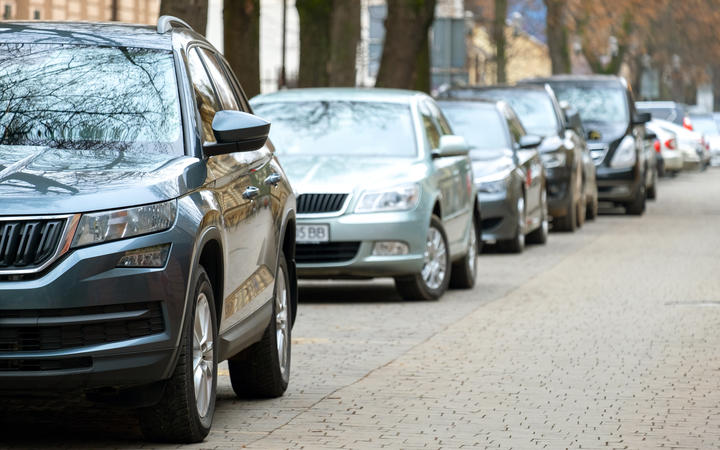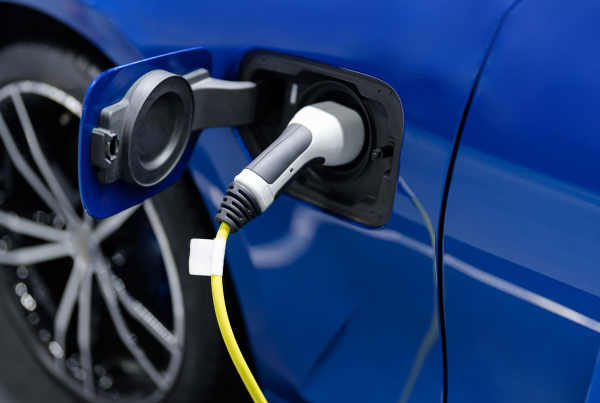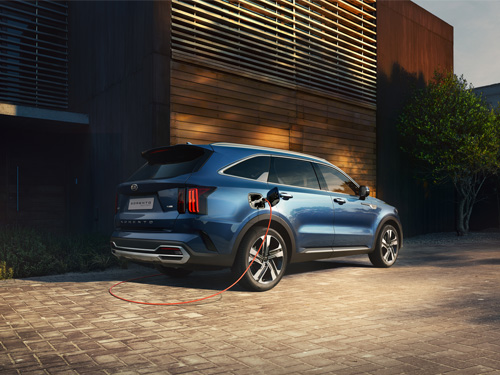Drive Electric utilises the expertise of our board, member base and researchers to make well-informed submissions on policy that relates to the decarbonisation of the transport sector. Below is our submission on the discussion document Te Huringa Taraiwa: Te arotake I te pūnaha utu kaiwhakamahi rori | Driving Change: Reviewing the Road User Charges System. The document covers possible changes intended to improve the Road User Charges (RUC) system and support the uptake of low carbon vehicles.
12 April 2022
Executive Summary
Drive Electric is a not-for-profit advocacy organisation supporting the uptake and mainstreaming of e-mobility in New Zealand, a key part of decarbonising transport.
Drive Electric represents a member base comprising new car OEMs, used car importers and distributors, infrastructure organisations (electricity generators, distributors and retailers, electric vehicle service equipment suppliers), e-bike/scooters, heavy vehicle importers, finance, fleet leasing and insurance companies, along with electric vehicle users.
We have framed this response around our mission, which is to accelerate the uptake of e-mobility in New Zealand. We acknowledge that an RUC exemption is currently in place for light vehicles and heavy electric vehicles (but not hydrogen fuel cell vehicles).
We also would welcome the opportunity to react to more specific proposals in due course. It is, in part, difficult to fully assess the future role of RUCs in decarbonising transport without the context of the wider Emissions Reduction Plans in transport.
Response
The future purpose of RUC and externalities
We support Te Manatū Waka’s five aspirational outcomes for the transport system, specifically that a transport system must decarbonise.
A future RUC system should be designed so it enables or supports New Zealand to achieve its climate change targets, as well as generate funds for transport infrastructure.
However, the precise role of RUCs in this transition needs careful consideration including:
- Accelerating e-mobility is an important component of reducing transport emissions. A future road pricing system needs to be carefully designed so that it does not curtail the uptake of e-mobility or other new low emissions transport technologies or fuels.
- There are already policies and taxes in place that are designed to accelerate e-mobility, such as the ETS, the Clean Car Discount/Penalty and other proposed policy measures. If road user charges are further used to disincentivise ICEs/stimulate EVs, how would that work alongside these existing measures? Policy effectiveness, cost per tonne of emissions reduced, equity and public support all need to be considered together.
- To avoid perverse outcomes, any changes to RUCs that were designed to support climate objectives would need to see equivalent measures placed on petrol vehicles through other mechanisms, so as not to disincentivise EV uptake. In other words, any incentives (or disincentives) should always support EV uptake, over petrol/diesel vehicles.
We also support the exploration of how road user charges in the future could be used to recover other costs relating to transport, beyond direct roading costs, including pollution and congestion. Ideas around road pricing and congestion charging should be considered as part of a package of mechanisms to ensure there is an investment in infrastructure, but also that climate and other objectives can be efficiently met.
The uptake of public and active transport and equity need to be considered as well, and should not be undermined by changes to RUC.
EV Light vehicles and RUC
New Zealand has a proposed target to reach 30% of the light vehicle fleet as electric by 2035 in the Government’s Emissions Reduction Plan Discussion Document. This will require around 1 million new and used EVs to be brought into New Zealand over the next 13 years.
Measures will be required to stimulate electric vehicle uptake to reach this target.
By March 2024, the Clean Car Programme will have only been in existence for two years. By then, we might expect around 150,000 electric vehicles on the road (estimated).
Any changes to the RUC exemption must not undermine momentum towards meeting New Zealand’s emissions budgets and transport targets. While it isn’t understood the extent to which the RUC exemption supports the uptake of e-mobility in New Zealand, overseas evidence has shown that removing EV incentives too soon, slows down their uptake.
Decisions around implementing road user charges need to be responsive to levels of e-mobility uptake, available technology, and the supply of that technology. We must acknowledge that New Zealand is a taker of these new technologies and that we must be open to newer/better technologies.
That said, we appreciate that ways to fund transport infrastructure, including roads, need to be identified as petrol taxes and road user charges generate less revenue over time. This funding shortfall will intensify over time, particularly as ICEs are phased out globally by both states and by manufacturers from 2030.
It is reasonable, in time, for EV drivers to contribute to a fit-for-purpose road pricing system. Ultimately they should pay no more in equivalent RUCs than they would pay driving a similar fossil fuel vehicle.
We also suggest that when EVs reach price parity with ICEs and adoption reaches a tipping point, government incentives and exemptions will need to play less of a role in supporting uptake. RUCs should be introduced progressively as this change takes place.
We note the challenge of implementing the RUC on EVs already on the road in March 2024. Potentially, this could be implemented gradually and should be signalled well in advance. We support a distance-based exemption. For instance, to introduce RUCs for EVs from a specified odometer reading, eg first 30,000kms no RUC payable, to encourage the purchase of new EVs (which are then recycled back into the market as second-hand EV options).
Administration
Shifting to distance-based charging should be the goal, using electronic means or in association with the annual registration process (with consumers able to top-up easily online). We would welcome the opportunity to consult on a specific proposal options. There are implementation complexities with this that need to be explored. In particular, the benefit-costs.
Other complexities include:
- Privately funded roading comprises 12.1% of the New Zealand network used by light vehicles for day-to-day travel, according to NationalMap. If we use a distance-based methodology how is travel on these roads exempted from road user charges?
- How will RUCs on light vehicle EVs be levied, if they are different weights on a distance calculation?
Heavy vehicles and RUC
For heavy electric vehicles, we acknowledge that the uptake of electric buses in New Zealand is starting to accelerate, however, the number of electric trucks is still very low.
At COP-26 New Zealand signed the global Memorandum of Understanding on Zero-Emission Medium and Heavy Duty Zero-Emission Vehicles (ZE-MHDVs) which commits to having 30% of heavy vehicle sales as zero-emission by 2030 and 100% by 2040.
The RUC exemption on heavy vehicles should be retained until there is at least an equivalent package of incentives for heavy electric vehicles in place which is consistent with achieving the Global MOU on ZE-MHDVs.
For existing electric heavy vehicles, the RUC exemption should not be removed entirely if up-front incentives are established for new heavy electric vehicles to replace the RUC exemption, as this penalises early movers in heavy electric vehicles which have made a significant private investment for public benefit. Instead, the RUC exemption could be retained or wound down over the life of existing electric heavy vehicles which have not benefitted from purchase incentives.
To use a specific example Mahu City Express took delivery of two full-electric luxury coaches in 2021. These vehicles run under a permit due to their weight, as battery vehicles are more equivalent than diesel equivalents. If RUCs were to be applied this could cost Mahu $837 per 1000km. Effectively, this would make it more expensive to run zero emissions coaches, relative to their diesel counterparts.
In summary, we see a need for the exemption to continue through to at least 2030 and this to be well signalled to the market. In addition, we recommend some sort of grandfathering scheme or similar be used to recognise those that moved early to adopt electric coaches and trucks and not penalise them for this move.
RUCs on buses/coaches
We also note that buses have high loadings in peak periods (mornings and late afternoons), but outside this period have relatively low loads. Buses run routes up to 20 hours per day, and only for four hours are loaded to Gross Vehicle Mass (GVM). Operators are paying for that GVM rate on their RUCs when most of the time they operate at four tonnes or so less. Any consideration of RUCs should take this into account – given the public interest in stimulating public transport (and electric buses).
If a weight-based methodology is continued, a potential solution could be having buses pay for an RUC on tare weight, and add a passenger charge through the ticketing system.





